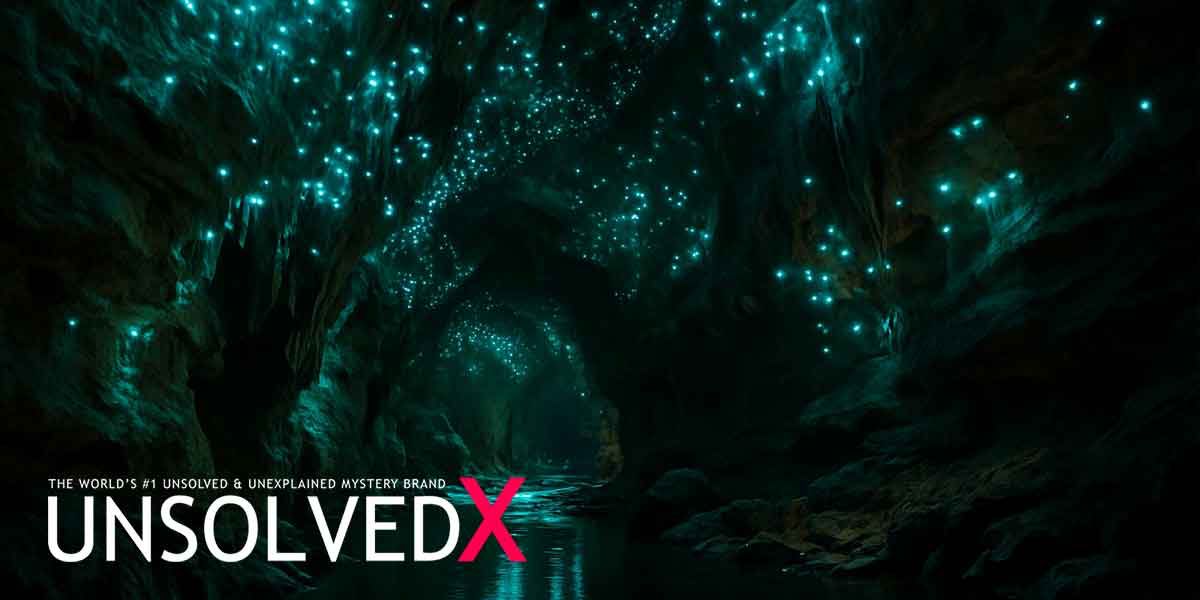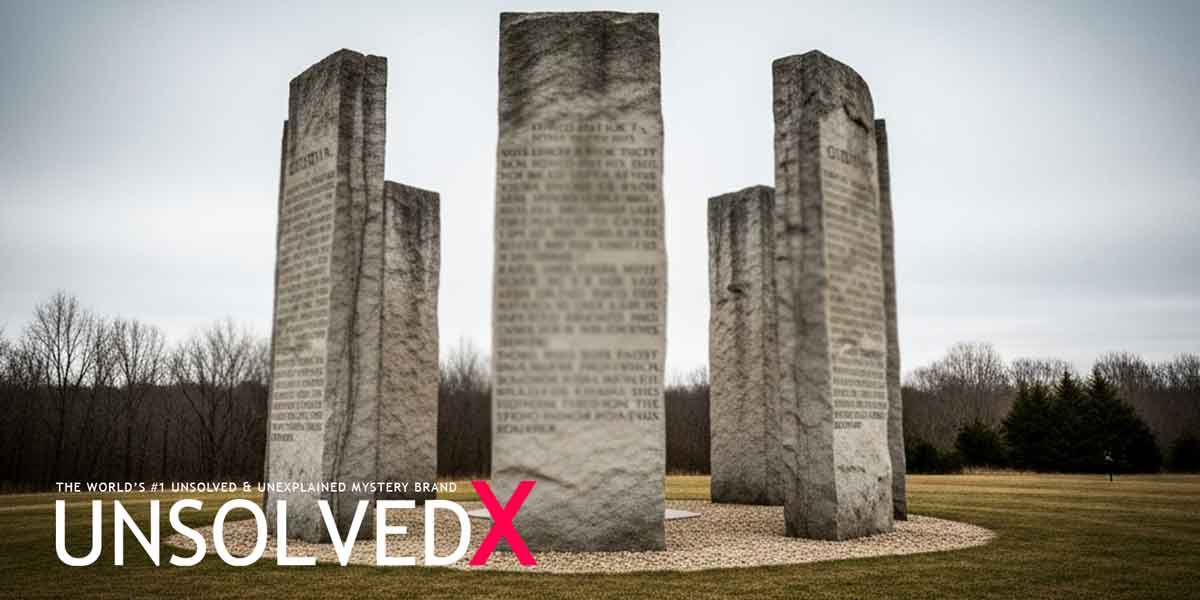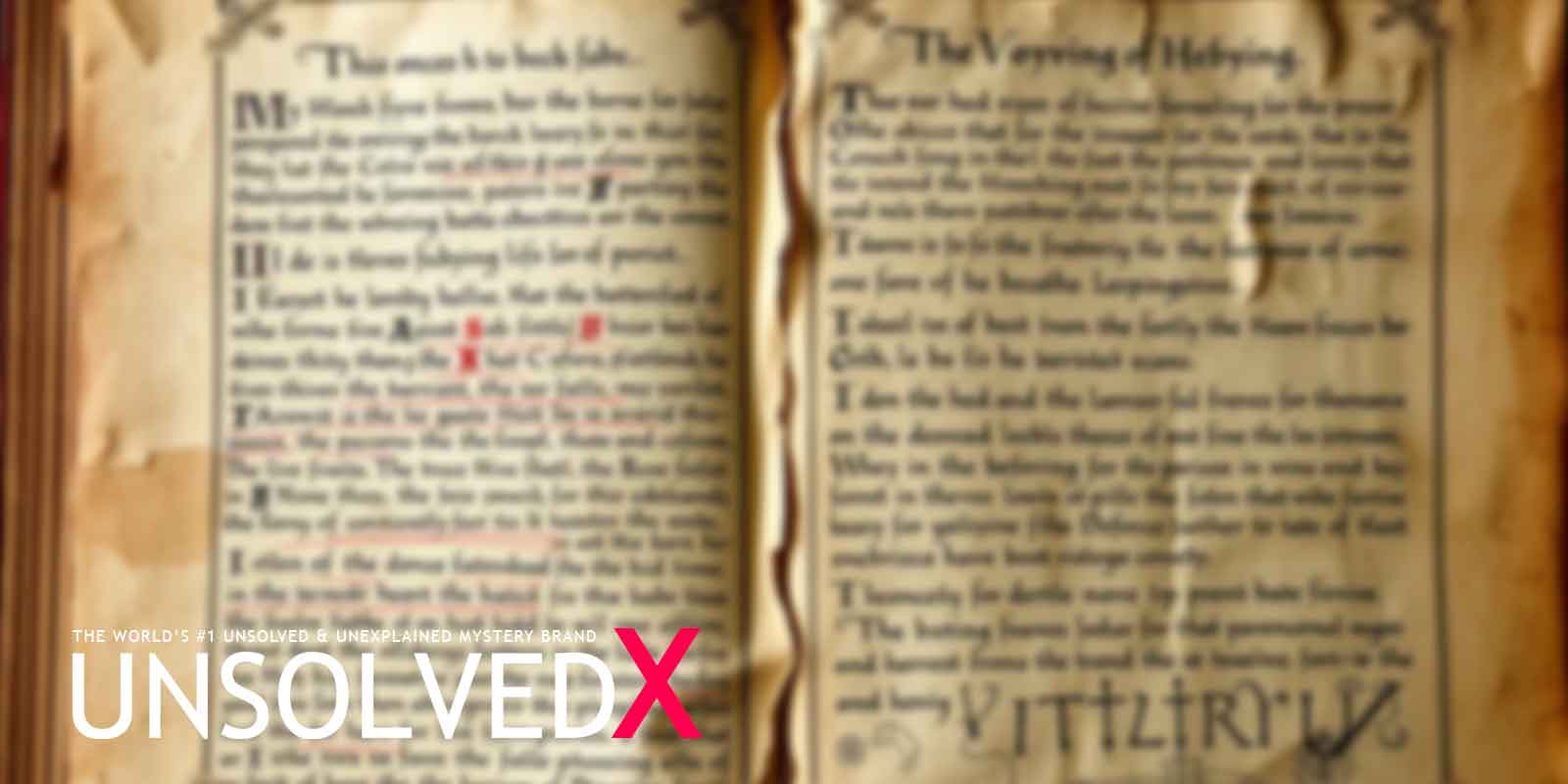Origins and Ascendancy of a Holy Order
The Knights Templar, formally known as the Poor Fellow-Soldiers of Christ and of the Temple of Solomon, were founded in 1119 AD by Hugues de Payens, a French knight, alongside eight companions in Jerusalem. Their mission was to protect Christian pilgrims traveling to the Holy Land during the Crusades, a turbulent era of religious warfare. Initially a modest, devout group, the Templars gained immense influence after receiving papal approval at the Council of Troyes in 1129, championed by Bernard of Clairvaux, a revered Cistercian abbot whose writings framed them as holy warriors. This endorsement granted extraordinary privileges: exemption from taxes, independence from secular and ecclesiastical authorities, and the right to own land. Nobles and monarchs, inspired by their piety, donated vast estates, gold, and sacred relics, fueling their rapid expansion. Their innovative banking system—allowing pilgrims to deposit funds in Europe and withdraw them in Jerusalem via letters of credit—positioned them as medieval Europe’s financial titans. Preceptories like Krak des Chevaliers in Syria and Château Pèlerin in modern-day Israel became enduring symbols of their wealth and architectural ingenuity, blending military fortification with spiritual devotion.
Their military exploits were nothing short of legendary. Clad in white mantles adorned with red crosses, Templar knights were elite warriors, trained in both combat and monastic discipline. They played pivotal roles in Crusader campaigns, including the Siege of Acre in 1291 and the Battle of Hattin in 1187, where their courage, though not always victorious, earned widespread admiration. Their secretive practices, such as private rituals and encrypted communications, however, sparked suspicion among rivals. By the 13th century, their network of castles, vineyards, and farms stretched from England to Cyprus, positioning them as trusted advisors to kings like Richard the Lionheart. Chroniclers like Geoffrey of Paris documented their influence, noting their role in financing crusades and managing royal treasuries. Yet, this immense power, coupled with their enigmatic traditions, made them targets of envy, setting the stage for their dramatic downfall and the enduring mystery of their lost treasure, a saga that continues to captivate historians, archaeologists, and treasure hunters worldwide.
Betrayal and the Lost Treasure
The Templars’ downfall began abruptly on October 13, 1307, when King Philip IV of France, deeply indebted to the order and wary of their autonomy, ordered the arrest of hundreds of Templars across France. Accused of heresy, blasphemy, and illicit rituals—charges many historians, including Barbara Frale, argue were fabricated to justify their destruction—the knights faced brutal torture and coerced confessions. Pope Clement V, under Philip’s political pressure, issued the papal bull Vox in Excelso in 1312, dissolving the order and transferring their assets to the Knights Hospitaller. However, when authorities raided Templar preceptories, they found little of the rumored wealth: gold, silver, and sacred relics, such as the Holy Grail, Shroud of Turin, or fragments of the True Cross, had vanished. Chronicler Guillaume de Nogaret, Philip’s ruthless advisor, hinted that some Templars, possibly forewarned by sympathetic nobles, smuggled their treasures to safety. Historical accounts suggest that a fleet of ships departed from La Rochelle, a Templar-controlled port on France’s western coast, mere days before the arrests, carrying an unknown cargo that has since fueled centuries of speculation.
Theories about the treasure’s fate are as varied as they are intriguing. Some believe it was hidden in fortified vaults beneath Temple Church in London, with its enigmatic effigies and crypts, or Tomar Castle in Portugal, where the Templars reorganized as the Order of Christ under royal protection. Others propose a transatlantic escape, linking the treasure to the Oak Island Money Pit in Nova Scotia, a site discovered in 1795 that has yielded cryptic clues like a stone inscribed with symbols resembling Templar iconography. The absence of records—likely destroyed or deliberately unkept—deepens the mystery. Excavations at Oak Island have uncovered medieval tools, coconut fibers (alien to the region), and a lead cross in 2017, all hinting at a Templar connection. Alternative theories suggest the treasure was dispersed to remote Scottish castles, such as Kilwinning Abbey, or entrusted to allies like the Cistercian monks. This elusive wealth continues to draw adventurers to sites like Oak Island, where the Templars’ secrecy and sudden fall keep the enigma alive, sparking endless quests for answers.
Enduring Mystique and Modern Quests
The Templars’ legacy is a rich blend of historical fact and mythic allure, encompassing their groundbreaking financial systems, which foreshadowed modern banking, and their architectural marvels, such as the concentric castles of Kerak in Jordan and Tortosa in Syria. Their story has inspired a vast array of works, from medieval chronicles to modern novels like Dan Brown’s The Da Vinci Code, which popularized theories of Templar secrets tied to sacred relics. Treasure hunters and historians flock to sites like Rennes-le-Château in France, where 19th-century priest Bérenger Saunière allegedly uncovered parchments hinting at Templar wealth, or Rosslyn Chapel in Scotland, renowned for its intricate carvings and rumored Templar connections. Guided tours of these locations, available through official heritage organizations like the Scottish Heritage Trust, allow visitors to explore the Templars’ world, from their cryptic symbols to their fortified sanctuaries. Groups like the Freemasons, often associated with Templar traditions through shared symbols like the cross and compass, perpetuate their mystique, though historians like Malcolm Barber emphasize no definitive link exists.
The question of the treasure’s fate—whether concealed in a single vault, scattered across Europe, or lost to history—continues to drive exploration. Recent geophysical surveys at Oak Island, documented by the History Channel’s Curse of Oak Island, have revealed anomalies, including man-made chambers and metal objects at depths suggesting pre-Columbian activity, strengthening theories of Templar involvement. Artifacts like the 2017 lead cross, with its resemblance to Templar designs, and a 14th-century French coin found in 2024, add tantalizing clues. Yet, the treasure remains elusive, its absence fueling both skepticism and fascination. The Templars’ potent mix of piety, power, and secrecy ensures their story endures, drawing historians, archaeologists, and adventurers to pursue their hidden legacy through ongoing digs, academic research, and visits to historic sites, keeping the Knights Templar’s enigma alive in the modern imagination.










Comments
Comments section coming soon!